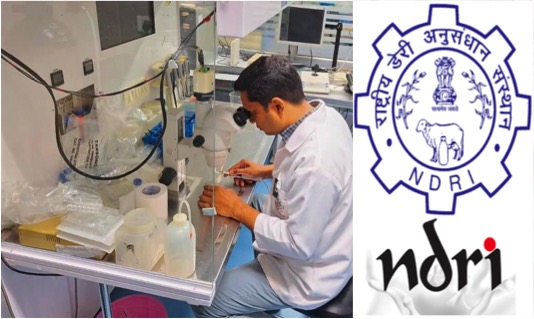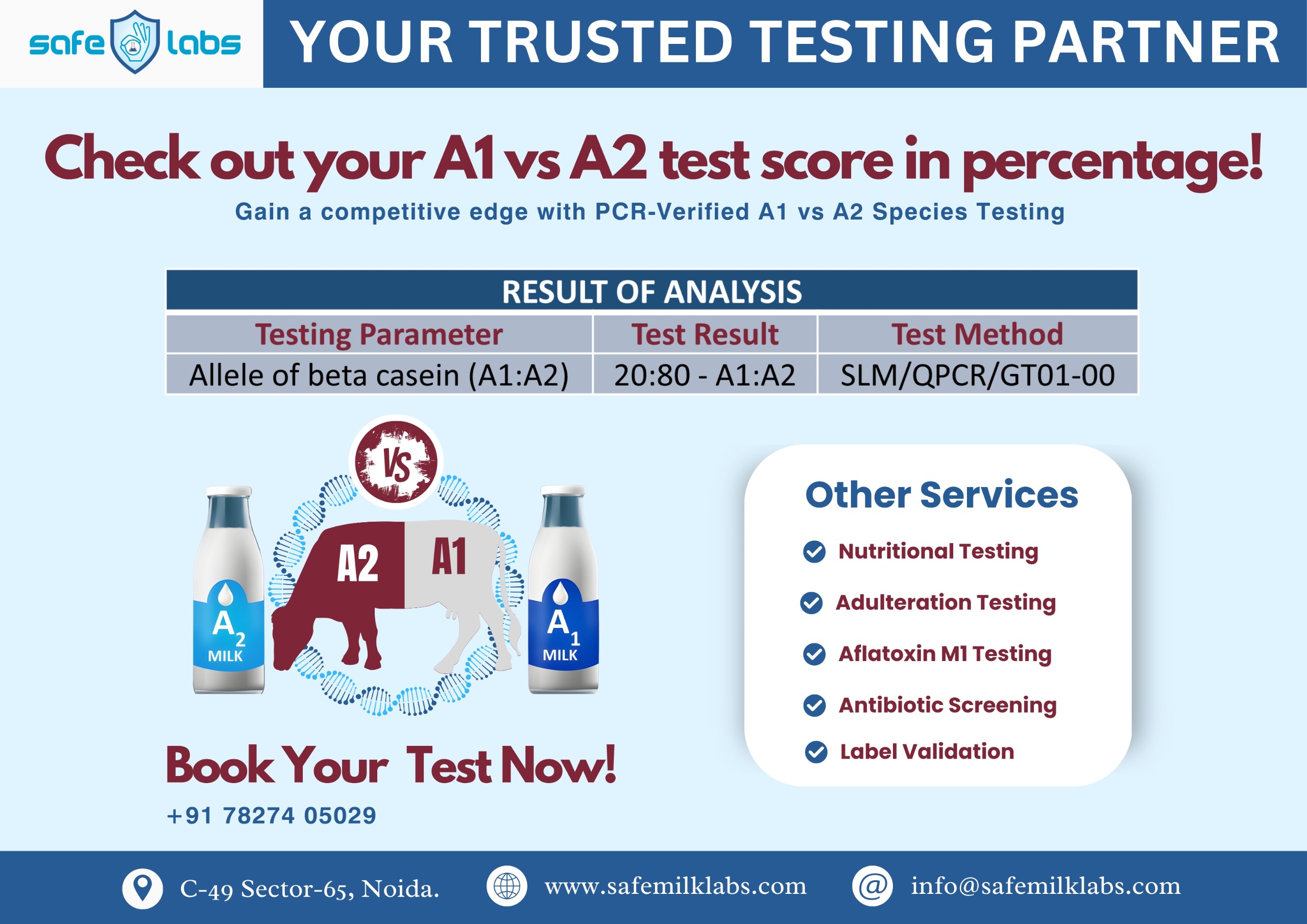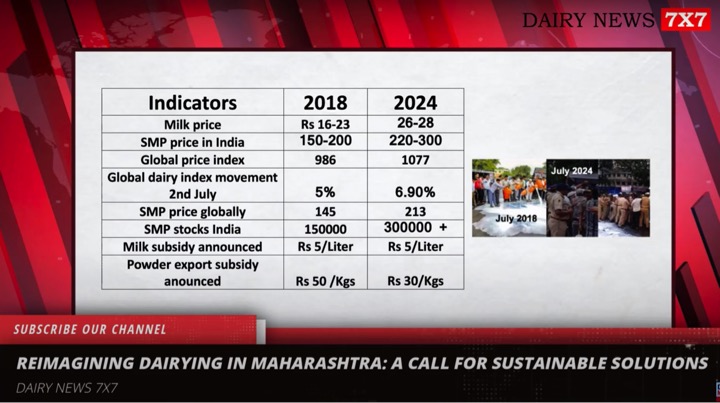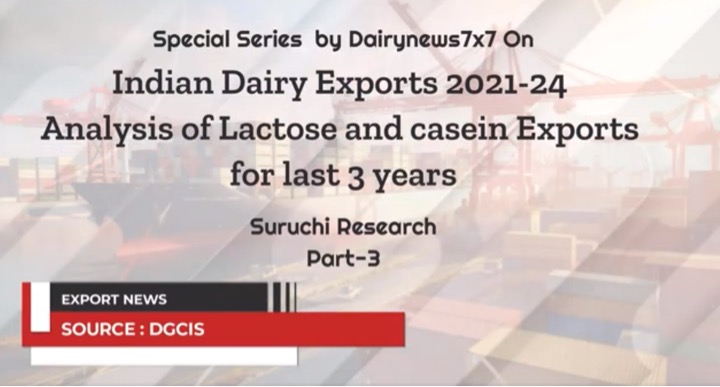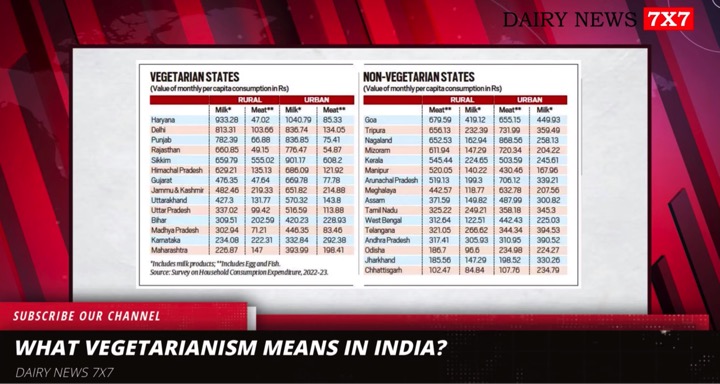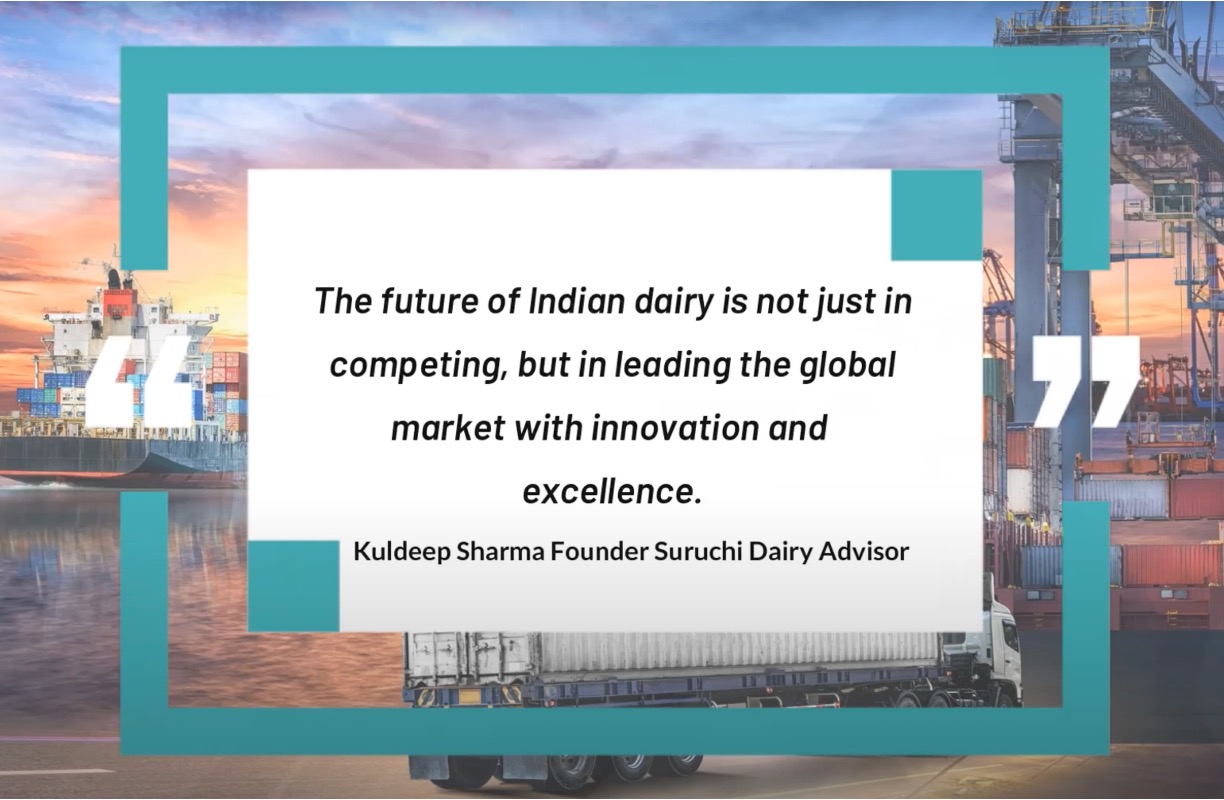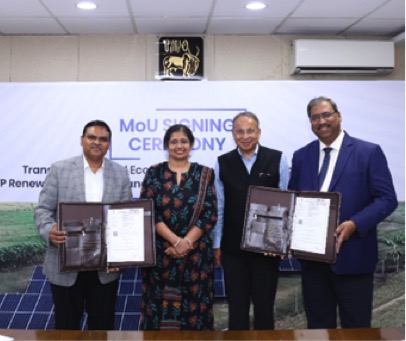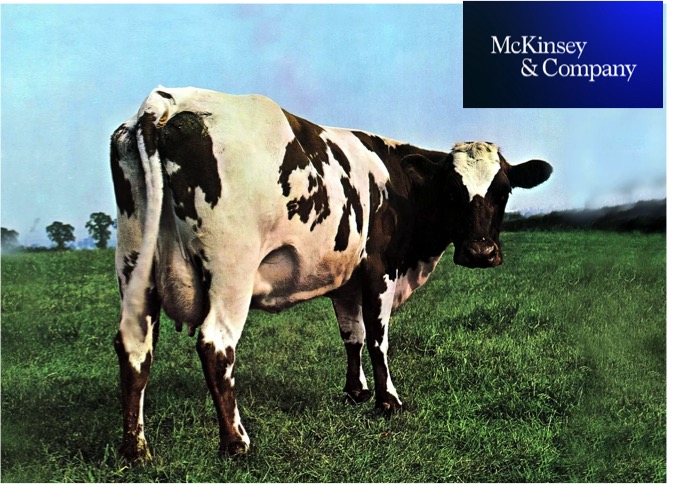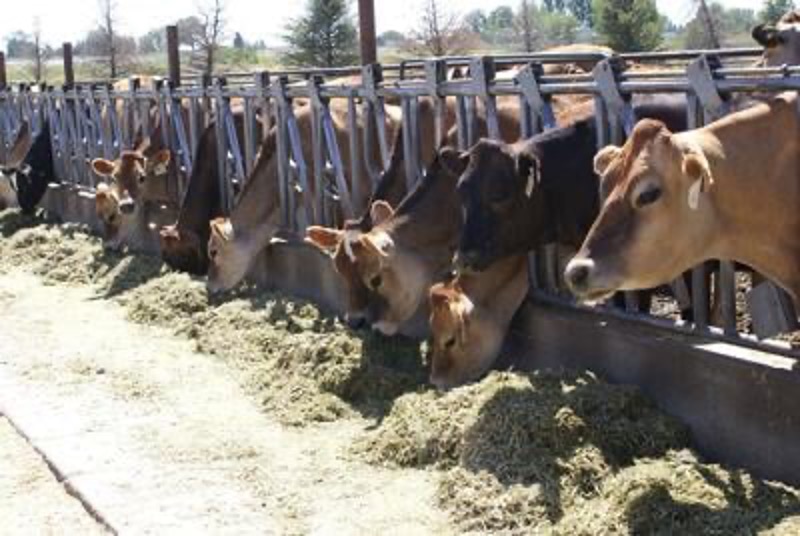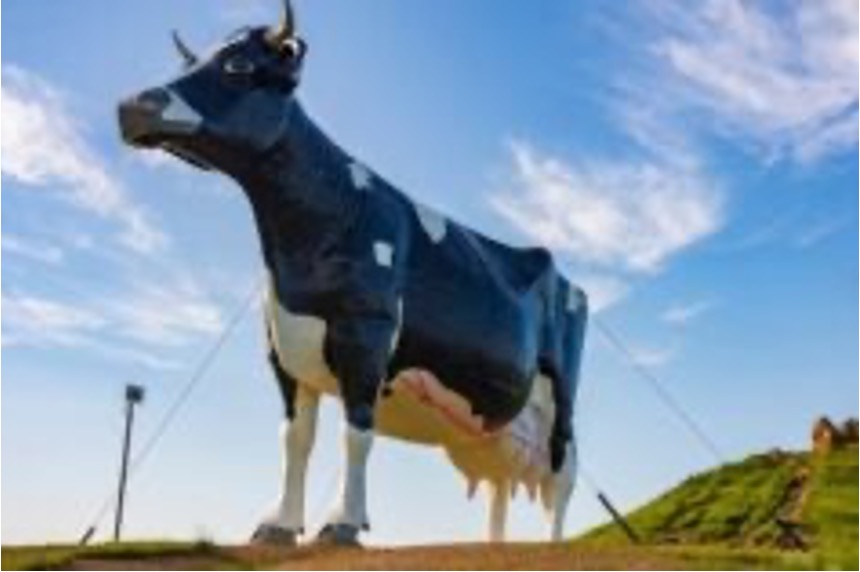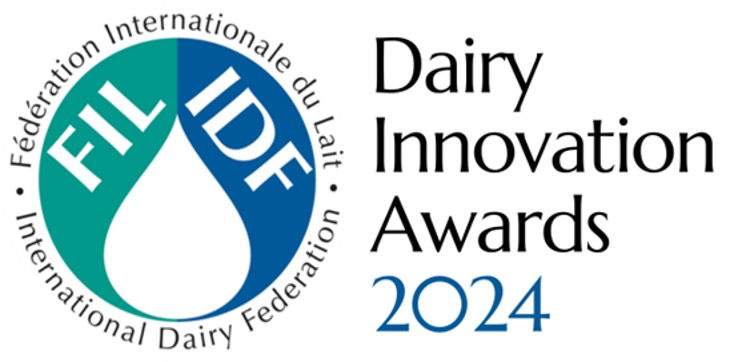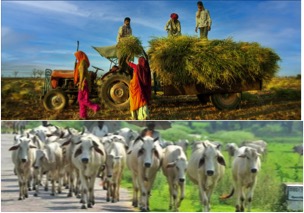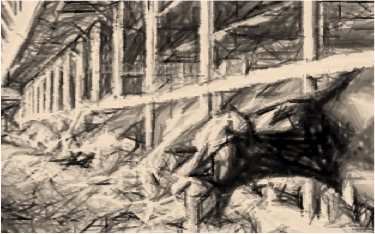In view of heat stress among livestock, which is causing reduction in milk production, the ICAR-National Dairy Research Institute (NDRI) is working on climate-resilient, high milk-producing animals using gene-editing technology.
Scientists have successfully developed a gene-edited embryo of a buffalo to improve milk and meat production traits. They are now focusing on producing embryos that are climate-resilient and high milk-producing. Initially, they started with buffaloes, and in the coming year, the target would shift to cattle with climate-resilient qualities.
Using gene-editing
- India produces nearly 231 million tonnes of milk and ranks at the top globally, but low productivity of milch animals remains a major challenge
- Scientists believe that gene-editing technology will prove effective to overcome such issues
- Technology being used to produce tailored traits for improved health, productivity such as increased milk and meat yield, and climate and disease resistance
The scientists are using a gene-editing technology known as Clustered Regularly Interspaced Short Palindromic Repeats (CRISPR), which enables precise editing of any DNA sequence for targeted modification. This technology is being used in animals to produce tailored traits for improved health, productivity such as increased milk and meat yield, and climate and disease resistance.
Scientists from the Biotechnology Division, including Dr Naresh Selokar and Dr Manoj Kumar Singh, along with the incharge of the Livestock Research Centre, Dr SS Lathwal, and other team members, have worked on developing a gene-edited embryo over the past three years.
“We are working to explore this technology to produce more productive and climate-resilient animals to cope with the increasing challenge of heat stress. We are hopeful that soon, we will produce climate-resilient animals with gene-edited features,” said Dr Dheer Singh, Director, ICAR-NDRI.
He emphasised the potential of gene-editing in livestock, saying, “Gene-editing is a technology used to modify DNA as per desired requirements, including animal production, and enhancing disease and climate resilience. The genes of animals that survive in high-temperature climatic conditions can be transferred into animals that are susceptible to high temperatures.”


